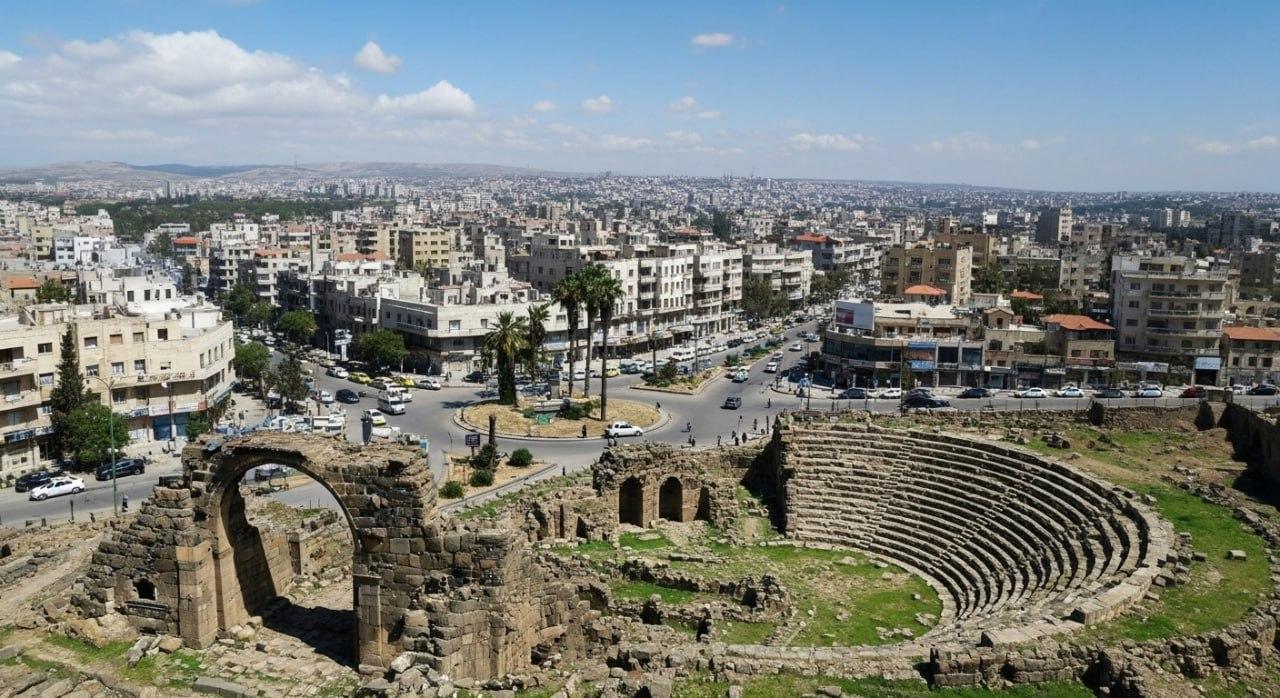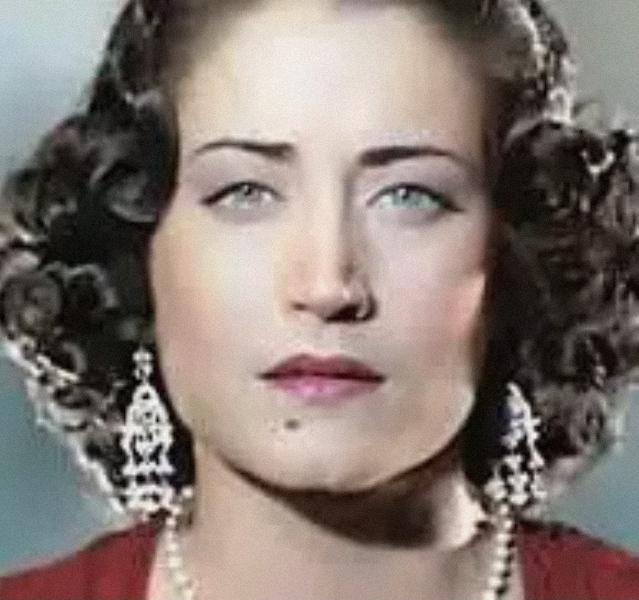قرية
#ذكير المشهورة بـ " الخربة " .. متحف مفتوح بآثارها وأسوارها وبيوتها القديمة
تعد قرية "ذكير" الواقعة على الحافة الشّرقية لصبّة اللجاة البركانية وعلى الضفة اليسرى لوادي اللوا في السويداء متحفاً مفتوحاً بآثارها وأسوارها وممراتها وبيوتها القديمة وبواباتها المنقوشة وأبوابها الحجرية وأعمدتها وأحجارها المنحوتة المنتشرة في كل مكان من أرجاء القرية التي تنقل زائرها الى أعماق التاريخ الموغلة في القدم.
وكان يطلق على “ذكير” لقب مملكة اللجاة لموقعها المتميز في المنطقة الشمالية من جبل العرب وغناها بالآثار الرومانية واليونانية العائدة إلى القرن الثالث الميلادي كما ورد ذكرها في معجم البلدان لياقوت الحموي حيث جاء أن موقعها جعلها تكتسب جمال الطبيعة وخاصة هواءها النقي إذ يحدها من الغرب منطقة اللجاة الصخرية التي تتميز بصبتها البركانية ومن الشرق السهول الخصبة والبادية ومنطقة الصفا الوعرة وطريق دمشق السويداء ومن الشمال قرية خلخلة ومن الجنوب قرية الصورة الصغيرة.
ووفقاً لدائرة الآثار بالسويداء فقد كانت القرية في القرن الثالث الميلادي من المدن المتطورة والعامرة والنابضة بالحياة وهي غنية بالآثار الرومانية ولا سيما المنازل القديمة التي تعود لتلك الحقبة التاريخية حيث تضم ذكير العديد من الأوابد الأثرية التي تعرضت للتخريب خلال القرون السابقة ومنها المعبد الشرقي والمدفن الأثري إضافة الى بقايا السور الذي كان يحيط بها وأبواب “الحلس” الحجرية وبقايا معاصر البطم والمطحنة القديمة ونقوش دوالي العنب الموجودة على آثارها.. كما وُجد على أغلب آثار “ذكير” صوراً وتماثيل للإمبراطور فيليب العربي ابن مدينة شهبا الأثرية التي تتبع “ذكير” لها .
The village of Dhakir, known as "Al-Khirba," is an open-air museum with its antiquities, walls, and ancient houses.
Located on the eastern edge of the Lajat volcanic tuff and on the left bank of the Wadi al-Lawa in As-Suwayda, the village of Dhakir is an open-air museum with its antiquities, walls, passageways, ancient houses, engraved gates, stone doors, columns, and carved stones scattered throughout the village, transporting visitors to the depths of ancient history.
Dhakir was once called the Kingdom of Lajat due to its distinguished location in the northern region of Jabal al-Arab and its wealth of Roman and Greek antiquities dating back to the third century AD. It is also mentioned in Yaqut al-Hamawi's Dictionary of Countries, which states that its location affords it natural beauty, especially its fresh air. It is bordered to the west by the rocky Lajat region, characterized by its volcanic tuff, to the east by the fertile plains, the desert, the rugged Al-Safa region, and the Damascus-As-Suwayda road. To the north, there is the village of Khalkhala, and to the south, there is the small village of Al-Suwayda.
According to the Department of Antiquities in Sweida, in the third century AD, the village was one of the developed, prosperous and vibrant cities. It is rich in Roman antiquities, especially the old houses dating back to that historical era. Dhakir includes many archaeological monuments that were vandalized during the previous centuries, including the eastern temple and the ancient cemetery, in addition to the remains of the wall that surrounded it, the stone “Halas” gates, the remains of the Batm presses, the old mill, and the grape vine inscriptions found on its antiquities. Also found on most of the “Dhakir” antiquities were pictures and statues of the Emperor Philip the Arab, son of the ancient city of Shahba, to which “Dhakir” belongs.
قرية #ذكير المشهورة بـ " الخربة " .. متحف مفتوح بآثارها وأسوارها وبيوتها القديمة
تعد قرية "ذكير" الواقعة على الحافة الشّرقية لصبّة اللجاة البركانية وعلى الضفة اليسرى لوادي اللوا في السويداء متحفاً مفتوحاً بآثارها وأسوارها وممراتها وبيوتها القديمة وبواباتها المنقوشة وأبوابها الحجرية وأعمدتها وأحجارها المنحوتة المنتشرة في كل مكان من أرجاء القرية التي تنقل زائرها الى أعماق التاريخ الموغلة في القدم.
وكان يطلق على “ذكير” لقب مملكة اللجاة لموقعها المتميز في المنطقة الشمالية من جبل العرب وغناها بالآثار الرومانية واليونانية العائدة إلى القرن الثالث الميلادي كما ورد ذكرها في معجم البلدان لياقوت الحموي حيث جاء أن موقعها جعلها تكتسب جمال الطبيعة وخاصة هواءها النقي إذ يحدها من الغرب منطقة اللجاة الصخرية التي تتميز بصبتها البركانية ومن الشرق السهول الخصبة والبادية ومنطقة الصفا الوعرة وطريق دمشق السويداء ومن الشمال قرية خلخلة ومن الجنوب قرية الصورة الصغيرة.
ووفقاً لدائرة الآثار بالسويداء فقد كانت القرية في القرن الثالث الميلادي من المدن المتطورة والعامرة والنابضة بالحياة وهي غنية بالآثار الرومانية ولا سيما المنازل القديمة التي تعود لتلك الحقبة التاريخية حيث تضم ذكير العديد من الأوابد الأثرية التي تعرضت للتخريب خلال القرون السابقة ومنها المعبد الشرقي والمدفن الأثري إضافة الى بقايا السور الذي كان يحيط بها وأبواب “الحلس” الحجرية وبقايا معاصر البطم والمطحنة القديمة ونقوش دوالي العنب الموجودة على آثارها.. كما وُجد على أغلب آثار “ذكير” صوراً وتماثيل للإمبراطور فيليب العربي ابن مدينة شهبا الأثرية التي تتبع “ذكير” لها .
The village of Dhakir, known as "Al-Khirba," is an open-air museum with its antiquities, walls, and ancient houses.
Located on the eastern edge of the Lajat volcanic tuff and on the left bank of the Wadi al-Lawa in As-Suwayda, the village of Dhakir is an open-air museum with its antiquities, walls, passageways, ancient houses, engraved gates, stone doors, columns, and carved stones scattered throughout the village, transporting visitors to the depths of ancient history.
Dhakir was once called the Kingdom of Lajat due to its distinguished location in the northern region of Jabal al-Arab and its wealth of Roman and Greek antiquities dating back to the third century AD. It is also mentioned in Yaqut al-Hamawi's Dictionary of Countries, which states that its location affords it natural beauty, especially its fresh air. It is bordered to the west by the rocky Lajat region, characterized by its volcanic tuff, to the east by the fertile plains, the desert, the rugged Al-Safa region, and the Damascus-As-Suwayda road. To the north, there is the village of Khalkhala, and to the south, there is the small village of Al-Suwayda.
According to the Department of Antiquities in Sweida, in the third century AD, the village was one of the developed, prosperous and vibrant cities. It is rich in Roman antiquities, especially the old houses dating back to that historical era. Dhakir includes many archaeological monuments that were vandalized during the previous centuries, including the eastern temple and the ancient cemetery, in addition to the remains of the wall that surrounded it, the stone “Halas” gates, the remains of the Batm presses, the old mill, and the grape vine inscriptions found on its antiquities. Also found on most of the “Dhakir” antiquities were pictures and statues of the Emperor Philip the Arab, son of the ancient city of Shahba, to which “Dhakir” belongs.





